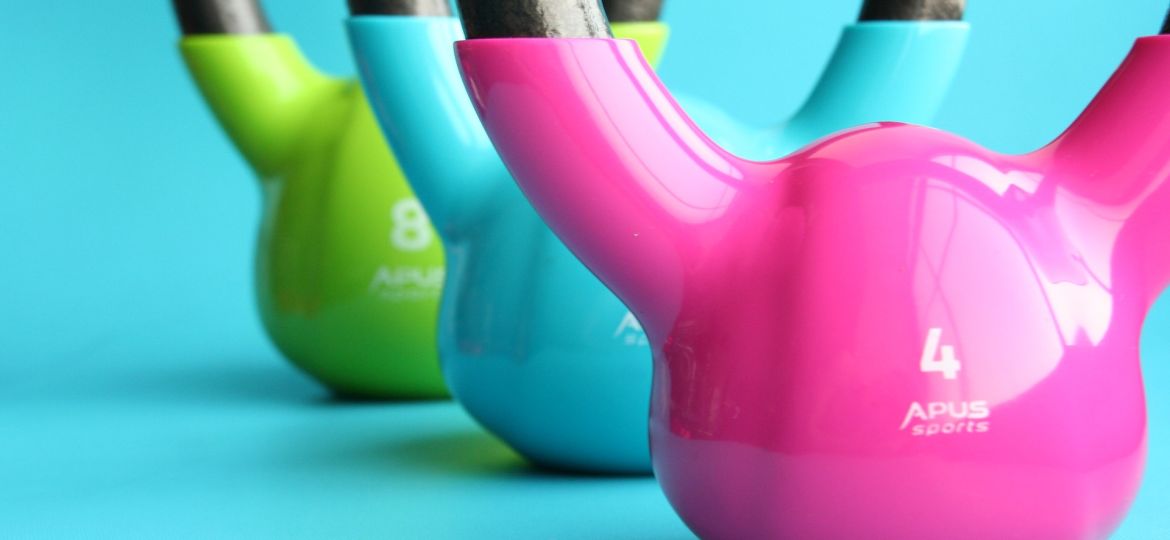
This standard exercise is often chosen to train the quadriceps and gluteus (gluteus maxima). She is a popular alternative to the squat. The leg press is good for all sports that involve running, jumping and kicking. The exercise has sitting and lying variants and is suitable for beginners and advanced. Although the leg press requires a relatively expensive piece of equipment, it allows more experienced lifters to use larger weights. Beginners should focus on proper technique. The explanation below is based on the 45 degree leg press, a standard device in most gyms.
How to do the leg press
Sit, lean back, and place feet against the plate, toes pointing to the edge. Apply a little pressure to the plate to push the weight up slightly, then release the safety catches. Slowly lower the plate toward the body as far as comfortable. Then push the legs back up until they are fully extended. Complete the desired number of reps, replace the safety catches and slowly lower the plate back into place.
Do it well
Move the weight up and down in a controlled manner through as wide a range of motion as possible.
Warning
Do not lower the weight too quickly.
Variations of the leg press
Light
Do the standard exercise, but only lower the plate the first quarter of the range (i.e. not as far as you can). Once you gain strength, you should switch to the standard exercise, as this variation doesn’t work the muscles through the full range of motion.
Heavy
Choose a weight that you can slowly lower with one leg in a controlled motion, but that is heavy enough to require both legs to push it back up. The increased eccentric load strengthens the muscles by increasing the tension on the muscle fibers further than would be possible with both legs lowering the weight. Do one set of reps on each leg.
Active muscles
- Adductor bevis (onder adductor longus)
- Vastus intermedius (onder rectus femoris)
- Adductor longus
- Adductor magnus
- Vastus lateralis
- Vastus medialis
- Glutaeus maximus


